The rapid evolution of Drone Technology is transforming modern warfare, forcing militaries worldwide to adapt quickly. Drones have become a game-changer in conflicts like those in Ukraine and the Middle East, posing significant challenges for traditional military strategies.
Drones: The New Air Force for Any Armed Group
Drones have democratized aerial warfare. Their low cost and wide availability mean that “any armed group in the world can now field its own air force — or its own navy.” This shift has been particularly evident in Ukraine, where sea drones have been used to disable a significant portion of the Russian Black Sea Fleet.
The Defensive Dilemma
According to an opinion piece in The Washington Post, the US military, like others, is struggling to keep pace with drone innovations.
As one expert put it, “Drone innovation is happening at warp speed, but Defense Department acquisition is happening at industrial speed.”
This lag between offensive capabilities and defensive measures creates a growing vulnerability for US armed forces.
Countering the Drone Threat
Various methods are being developed to detect and intercept drones. These range from acoustic sensors and automated machine guns to more high-tech solutions like radio-frequency jammers, cyberweapons, and lasers. Air-defense drones and small missiles are also part of the arsenal being developed. However, experts stress that no single solution is sufficient. Chris Bonzagni, founder of Contact Front Technologies, notes, “There is no panacea.”
Pentagon’s Response
The US Department of Defense has recognized the urgency of the situation. They’ve established a Joint Counter-Small UAS Office and launched initiatives like Replicator and Replicator 2 to accelerate the development of drone defenses.
A senior Defense Department official reportedly stated, “We’ve tested and fielded pretty much everything you can think of,” highlighting successes in intercepting Houthi drones in the Red Sea.
Challenges Ahead
Despite progress, significant challenges remain. The cost disparity between drones and their countermeasures is stark. For instance, Iran‘s mass Drone Strike against Israel reportedly cost around $100 million, while interception efforts cost over $2 billion. This economic imbalance underscores the need for more cost-effective defensive solutions.
DroneXL’s Take
The rapid advancement of drone technology in warfare underscores the need for innovative defense strategies. This aligns with recent trends we’ve seen in drone technology, where AI and machine learning are playing increasingly important roles in both offensive and defensive capabilities.
As the battlefield evolves, it’s crucial for militaries and defense contractors to collaborate closely, sharing real-time data and insights to develop effective countermeasures. The outcome of this technological race could reshape the future of warfare.
What are your thoughts on the impact of drones in modern warfare? Share your perspective in the comments below.
Discover more from DroneXL.co
Subscribe to get the latest posts sent to your email.


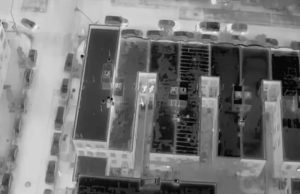






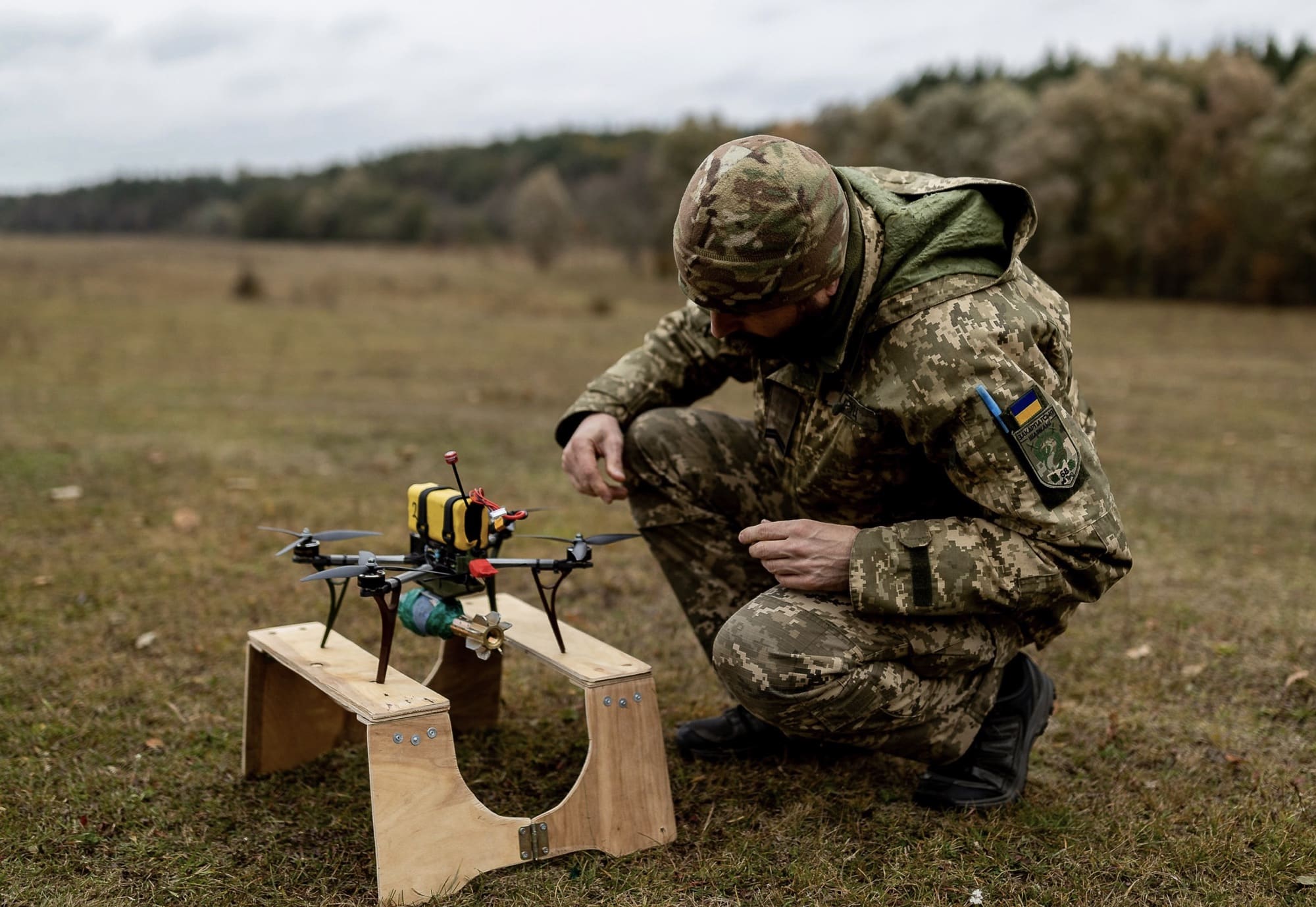

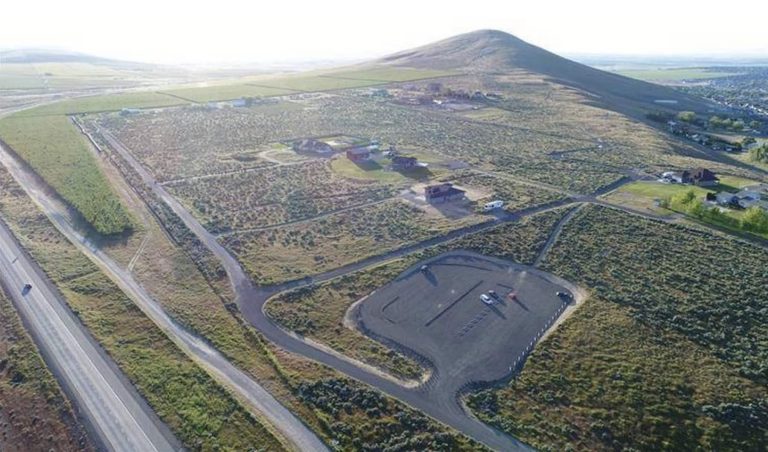
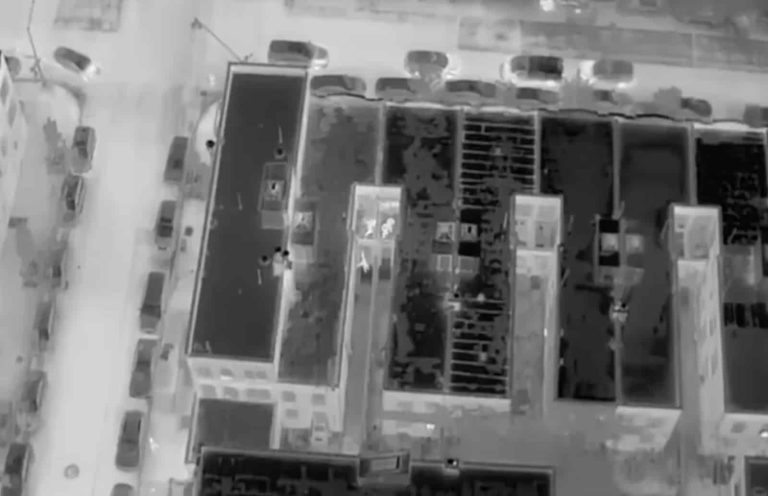




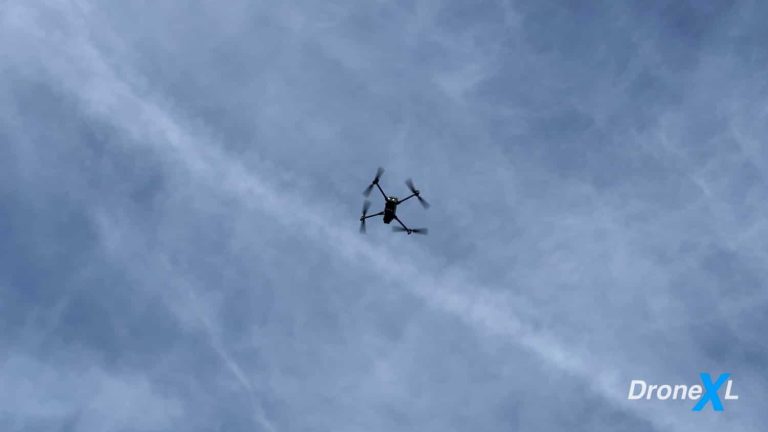

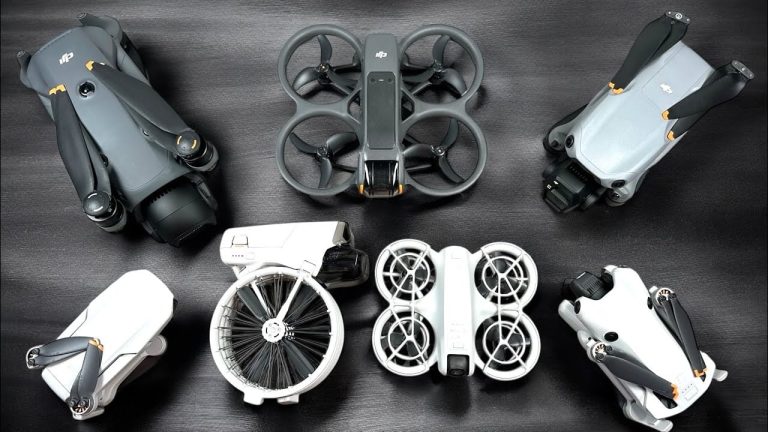
+ There are no comments
Add yours